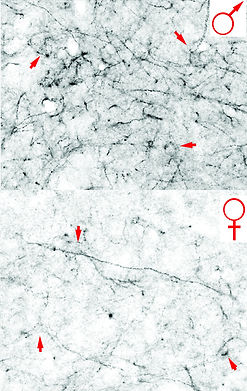Research Interests

Exposure to opioids across pregnancy
The rate of infants born to mothers with an opioid use disorder has increased drastically within the US. Indeed, in some states, the rates are as high as 33 in 1000 births. To date, the long term consequences of peri-gestational opioid exposure are unknown. Studies in the Murphy lab use a clinically-relevant model of morphine exposure in which female rats receive pulsatile administration of morphine prior to and during pregnancy, and after parturition. We have a number of projects in the lab examining the impact of this morphine exposure during development (see diagram at right).
Early Life Experience
We are interested in how early life experience alters future behavior, both transiently & permanently. Current research in the lab examines how early life pain impacts juvenile and adult responses to stress-, anxiety-, and pain-provoking stimuli.
Infants represent one of the fastest growing populations with substance abuse disorder. Ongoing research in the lab is studying how early life exposure to morphine impacts brain development and future behavioral responses to stress and pain. We are also examining the mechanisms whereby this early life pain alters immune signaling.

Impact of Sex & Age on Pain & Analgesia
Females require approximately twice the amount of morphine as males to produce comparable levels of pain relief. The pain relieving properties of morphine are also significantly attenuated in the aged population. Ongoing research in the Murphy Lab studies the mechanism(s) underlying the impact of sex and age on opioid analgesia. Current research is focused on sex & age differences in (1) mu opioid receptor expression and G-protein coupling; (2) morphine metabolites; and (3) microglia and TLR4 signaling.

